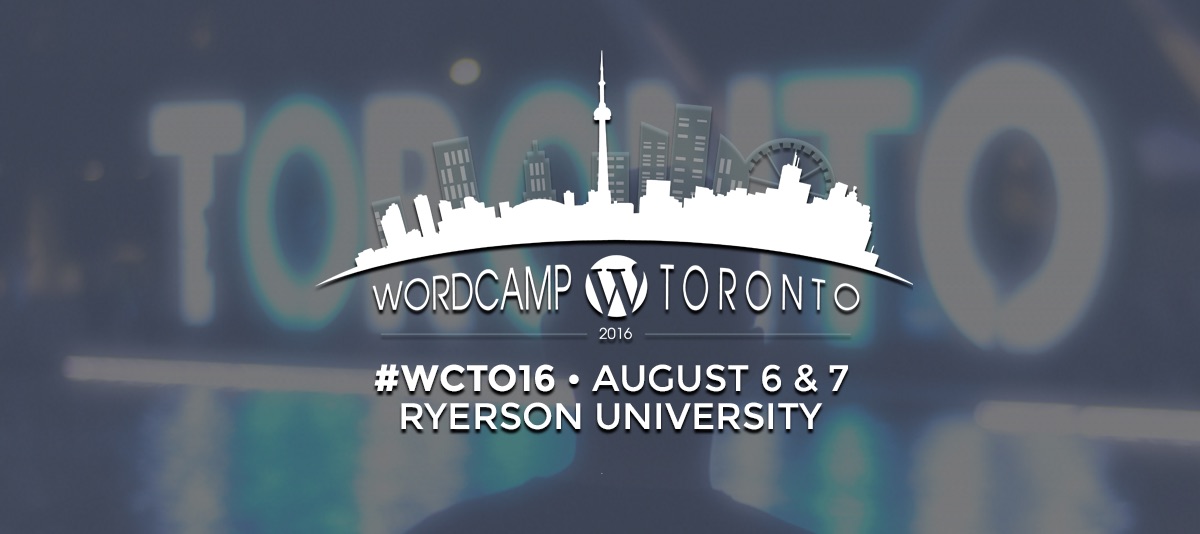
WordPress continues to be one of the most preferred content management systems in the world. Approximately a quarter of all websites globally use WordPress, and the number of sites built on WordPress increases by 50,000 each day. Free and open-source, WordPress offers both stability, flexibility and expandability – three key ingredients for a successful website.
With the ongoing march of technology, it takes a dedication to continuous learning to stay ahead of the curve. In that mindset, the RC Design team spent last weekend at WordCamp Toronto, a two-day event that featured presentations from innovative thinkers on everything from development to design. WordCamp also teaches about more than just code and pixels; plenty of courses also give insight into how to run an effective team and to solve your clients’ solutions.
Here are some of our key takeaways:
WordPress is always changing
One of the strongest features of WordPress is that is it constantly evolving. With a dedicated community of users and programmers looking for new innovations, new plugins and solutions are developed on a daily basis. Very often, a complex problem that you encounter has already been solved, and it’s only a matter of finding and leveraging that answer.
The community is growing
The huge community of WordPress users is still growing! WordPress shows no signs of slowing down, either as the preferred Content Management System or as the home base for plenty of skilled and creative developers. As an added bonus, the steady interaction between members of the community in sharing common faults, flaws and problems helps identify and solve related issues, to the benefit of everyone.
Design for humans, not for robots
Sometimes the user experience can get lost in the shuffle when chasing after high search engine rankings. Google updates their algorithm hundreds of times a year in an attempt to deliver the perfect results for users’ search queries. Anticipating user questions and motivations will take you a lot further than checking off all the boxes ever could.
Communication is key
Whether talking with your team or clients, you need to find the right way to effectively communicate; respecting schedules while also getting the important information to the right people. Build lasting relationships with clients based on trust through honest communication. It can be tempted to resort solely to email and phone calls, but face-to-face meetings are the best way to keep your finger on the pulse of a client relationship and to make sure you are aligning with their needs and goals.
Don’t be a stiff
No project ever has 0% deviation from the initial scope. Throughout the timeline of the project, you should be open and aware to anticipating ways to improve the final product. This will often require clear communication with the client about timelines and features – it may be possible that some expected features will fall by the wayside to make way for more valuable components. The result will be a smarter, better product.
Don’t accept the status quo
A best practice is only a best practice until someone finds a better way. Yes, it’s a good idea to stay in line with conventional wisdom, but don’t be afraid to slip outside the box and challenge the norm. By taking a different approach to a project, you might find a creative solution that might otherwise have been ignored.
Great teams need a common vision
When the goals of a company are greater than one person’s vision, there is something for the staff to rally behind. This empowers employees, and gives them a chance to contribute and really make a difference. Everyone moves in the same direction.
